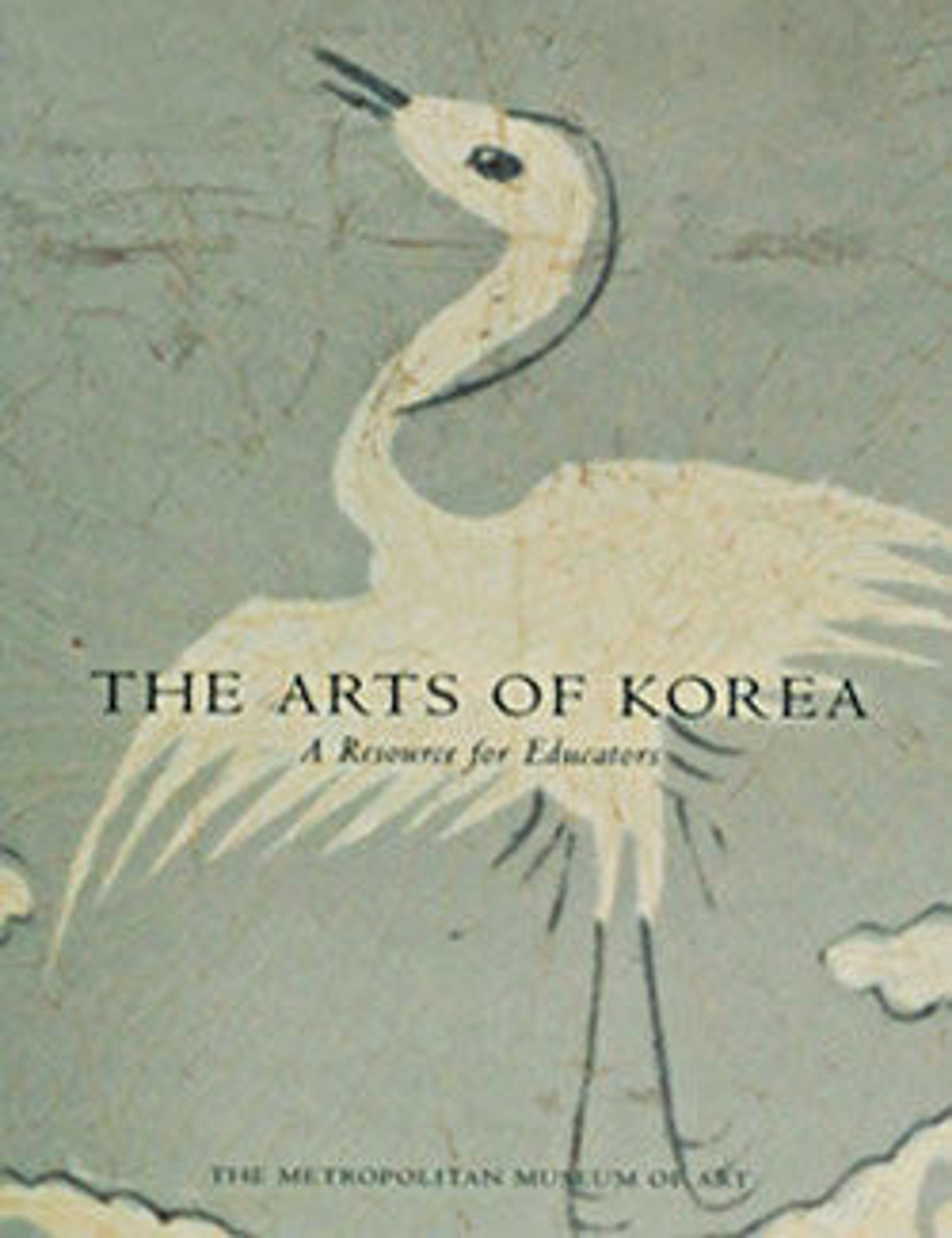Portrait of the Great Master Seosan
This painting depicts the eminent monk Cheongheodang Hyujeong 청허당휴정 (1520–1604), better known by his posthumous title, Seosan Daesa 서산대사, or Great Master Seosan. In addition to his role as a leader of Seon Buddhism (Chan in Chinese; Zen in Japanese), Seosan Daesa was also renowned for helping lead an army of Buddhist monks against invading Japanese forces to recover the capital (present-day Seoul) in the late sixteenth century. In a period when Buddhism was officially suppressed by the government in favor of Neo-Confucianism as ruling ideology, the religion continued to develop and, at times, to prosper. Seon Buddhism, which emphasized meditation, was among the sects that flourished.
Idealized portraits of revered monks, especially patriarchs or founders of doctrinal schools, were enshrined in Buddhist temples. As is typical of such portraits from the Joseon period, the monk sits on a wood chair in three-quarter view and fills nearly the entire painting, which is devoid of a background setting. Seosan Daesa holds a large fly-whisk; his shoes are neatly arranged on a footstool. The careful delineation of facial features gives the subject a lifelike appearance. The inscription at the bottom center of the scroll provides the names of the donors who commissioned this portrait and of members of the monastery.
Idealized portraits of revered monks, especially patriarchs or founders of doctrinal schools, were enshrined in Buddhist temples. As is typical of such portraits from the Joseon period, the monk sits on a wood chair in three-quarter view and fills nearly the entire painting, which is devoid of a background setting. Seosan Daesa holds a large fly-whisk; his shoes are neatly arranged on a footstool. The careful delineation of facial features gives the subject a lifelike appearance. The inscription at the bottom center of the scroll provides the names of the donors who commissioned this portrait and of members of the monastery.
Artwork Details
- Title: Portrait of the Great Master Seosan
- Artist: Unidentified artist
- Period: Joseon dynasty (1392–1910)
- Date: late 17th–18th century
- Culture: Korea
- Medium: Hanging scroll; ink and color on silk
- Dimensions: Image: 59 7/8 x 30 5/8 in. (152.1 x 77.8 cm)
Overall with mounting: 88 1/2 x 37 1/8 in. (224.8 x 94.3 cm)
Overall with knobs: 88 1/2 x 40 1/8 in. (224.8 x 101.9 cm) - Classification: Paintings
- Credit Line: Seymour Fund, 1959
- Object Number: 59.19
- Curatorial Department: Asian Art
More Artwork
Research Resources
The Met provides unparalleled resources for research and welcomes an international community of students and scholars. The Met's Open Access API is where creators and researchers can connect to the The Met collection. Open Access data and public domain images are available for unrestricted commercial and noncommercial use without permission or fee.
To request images under copyright and other restrictions, please use this Image Request form.
Feedback
We continue to research and examine historical and cultural context for objects in The Met collection. If you have comments or questions about this object record, please contact us using the form below. The Museum looks forward to receiving your comments.
